Iris Season

Iris season is in full force this week. I always forget to go wander the pond shoreline but Chris sent me photos a few days ago of some of the iris and so last night I wandered around the yard getting some dusky garden photos in and stopped by the pond to see so many colors! They are all Louisiana iris cultivars, excepting the first and last two, which are Iris virginica. I have only recently really read enough to understand what defines a “Louisiana iris” thanks to the Society for Louisiana Irises.
According to their website:
Louisiana irises belong to the subsection Apogon (without beard or beardless), series Hexagonae of the genus Iris. They are derived from five species, most of which are indigenous to a limited area of south Louisiana and the Gulf Coast marsh areas between Texas and Florida.Two species, Iris brevicaulis and I. fulva, extend the range northward up the Mississippi Valley. Iris hexagona inhabits the southern Atlantic and Gulf Coasts, but by far, the greatest concentration is in the state of Louisiana, hence the name Louisiana Irises.
I had always thought Iris virginica fell into that category but they do not.
The Wild Louisiana Iris Project lists six species they keep track of on iNaturalist. Those species are:
- Leafy Blue Flag, Iris brevicaulis
- Copper Iris, Iris fulva
- Giant Blue Iris, Iris giganticaerulea
- Prairie Iris, Iris hexagona
- Prairie Iris, Iris savannarum
- Abbeville iris, Iris × nelsonii
It looks like I. savannarum used to be classified as a variety under hexagona, which clarifies the discrepancy.
Back in March 2012 I wrote a post here called The Ditch Iris, which at the time I was fairly certain was Iris fulva. It was across the street from our rental house and I hadn’t been back by there at the same time of year it bloomed since we moved, despite being in that area often, so I stopped by last week on my way to get a haircut and sure enough, the plants are still thriving in the ditch. I didn’t stop to get photos but may try to go back next week and see if they are still blooming and try then. It’s still the only place I’ve seen them growing “wild”.
This is also a useful post to understand how to ID a Louisiana iris versus I. virginica: How to ID Louisiana Irises from Southern Blue Flag








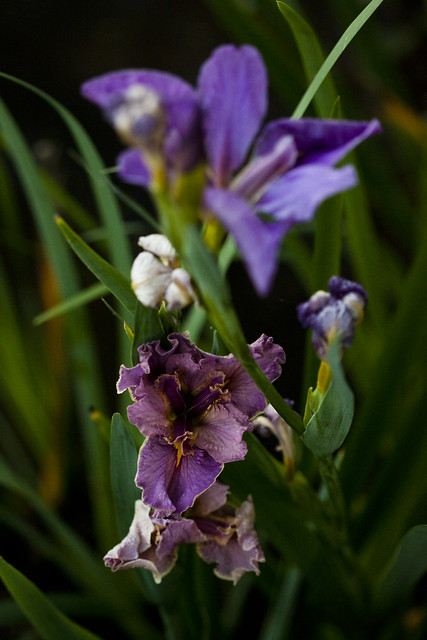


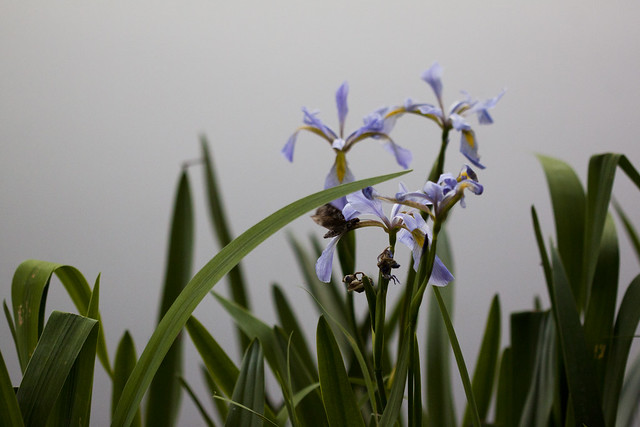
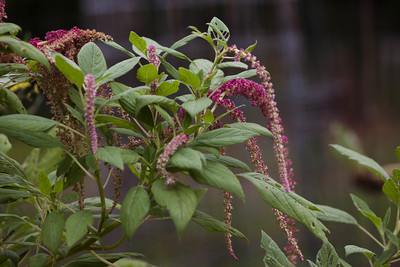
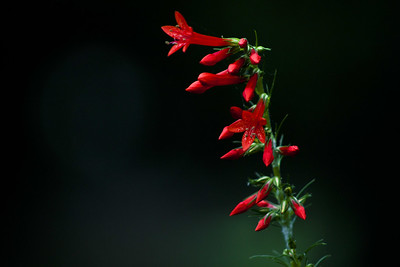
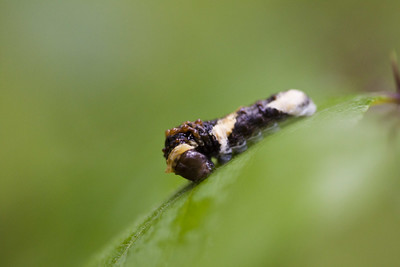
3 Comments
Judy
They are all so beautiful.
shoreacres
I just can’t bring myself to appreciate some of the frillier irises, but that yellow one is a showstopper. I’d happily have that one in my garden, if I had a garden!
Yeah, Another Blogger
Beautiful!